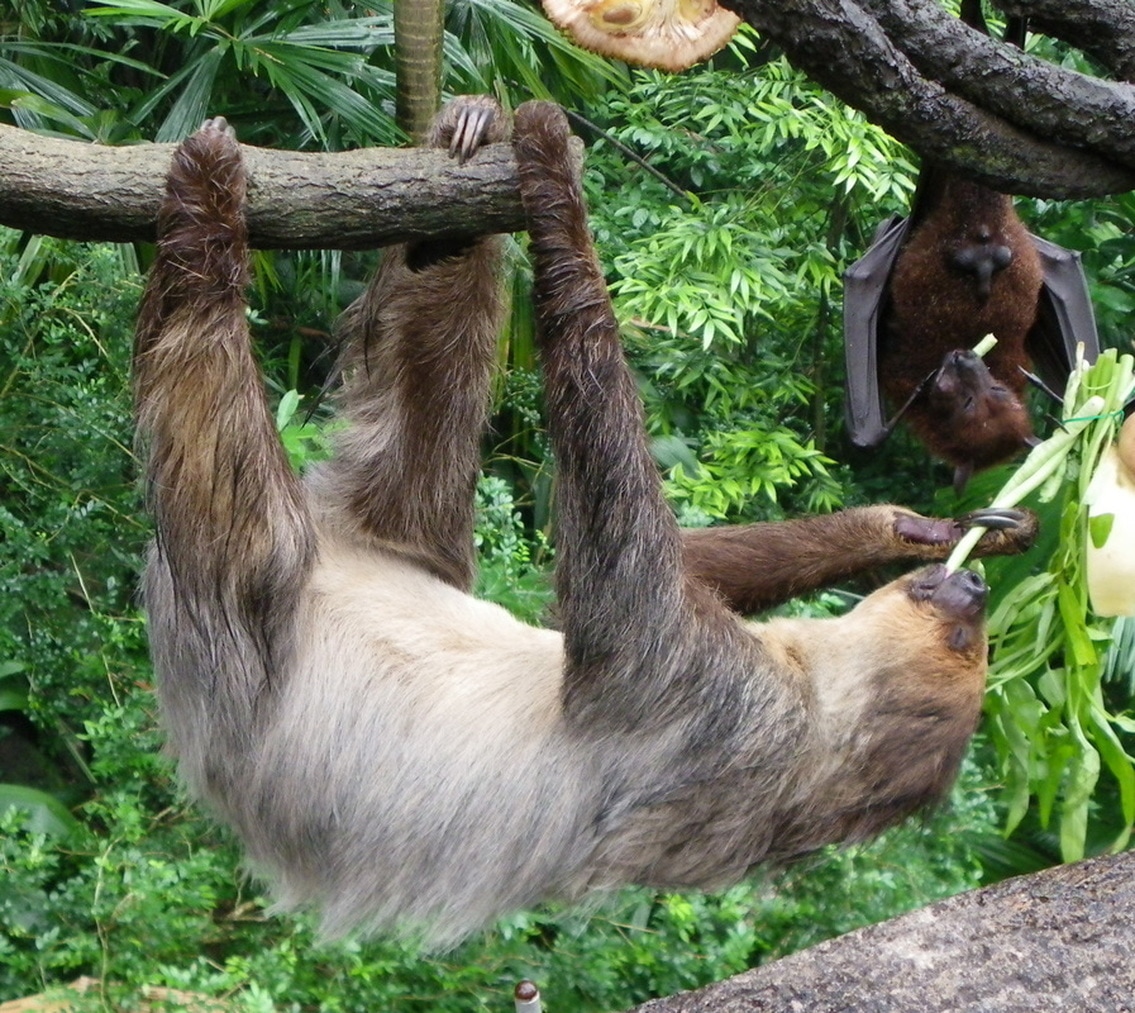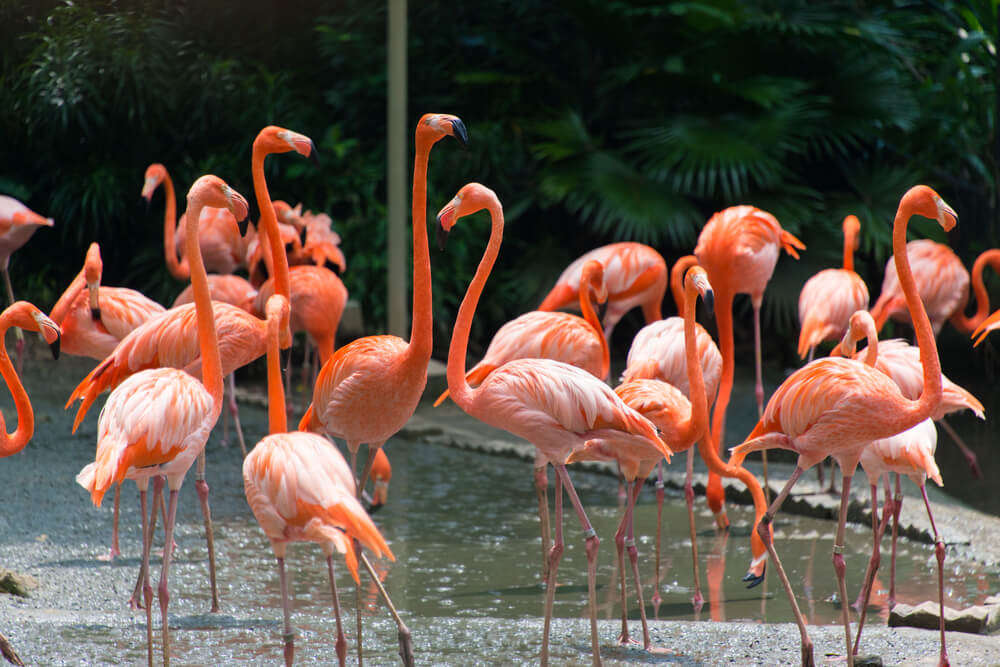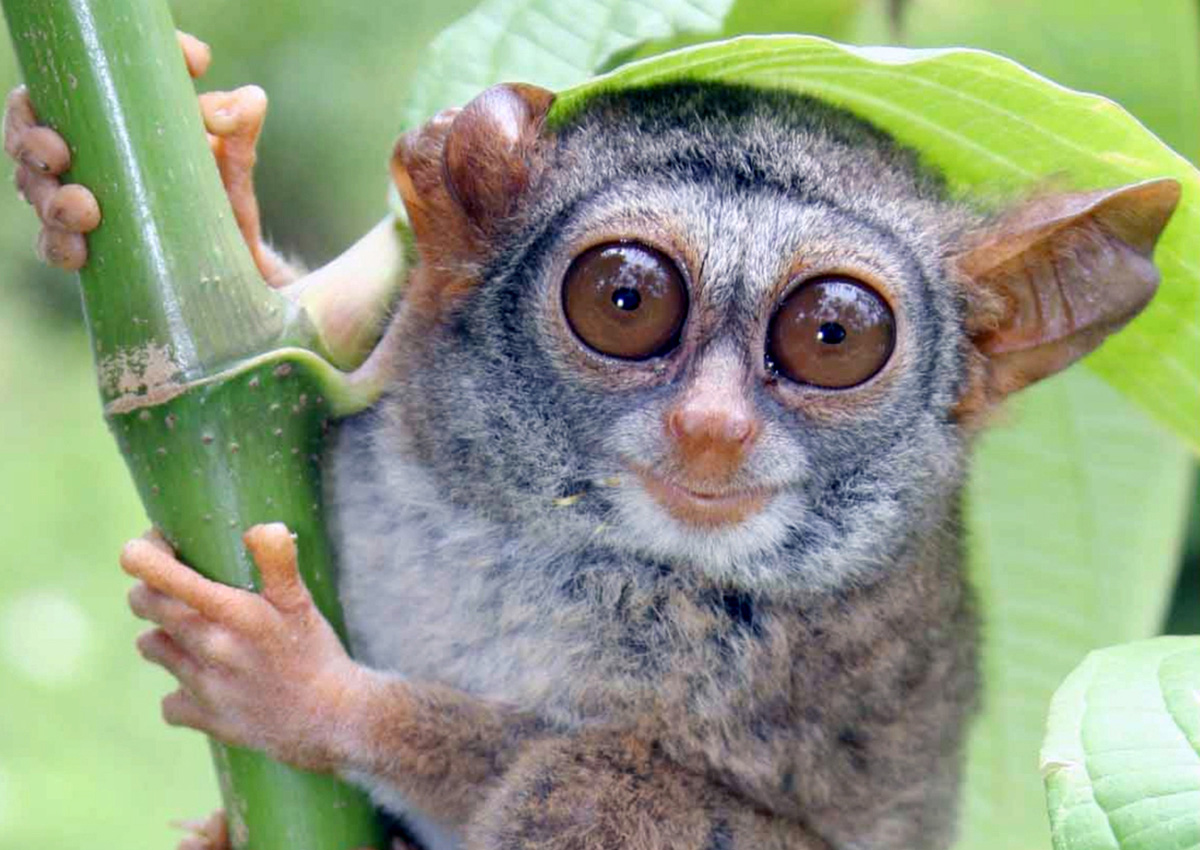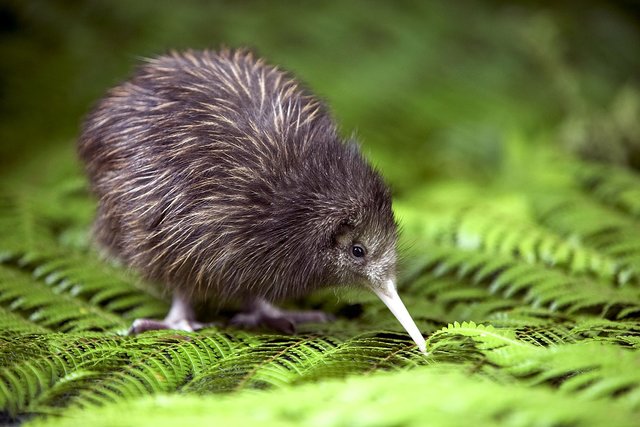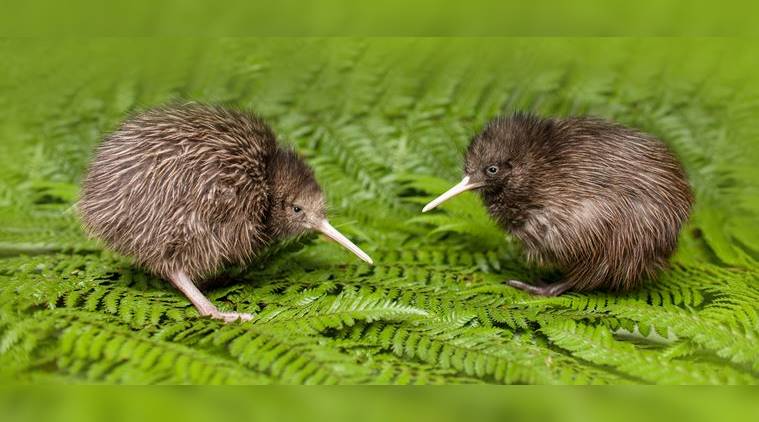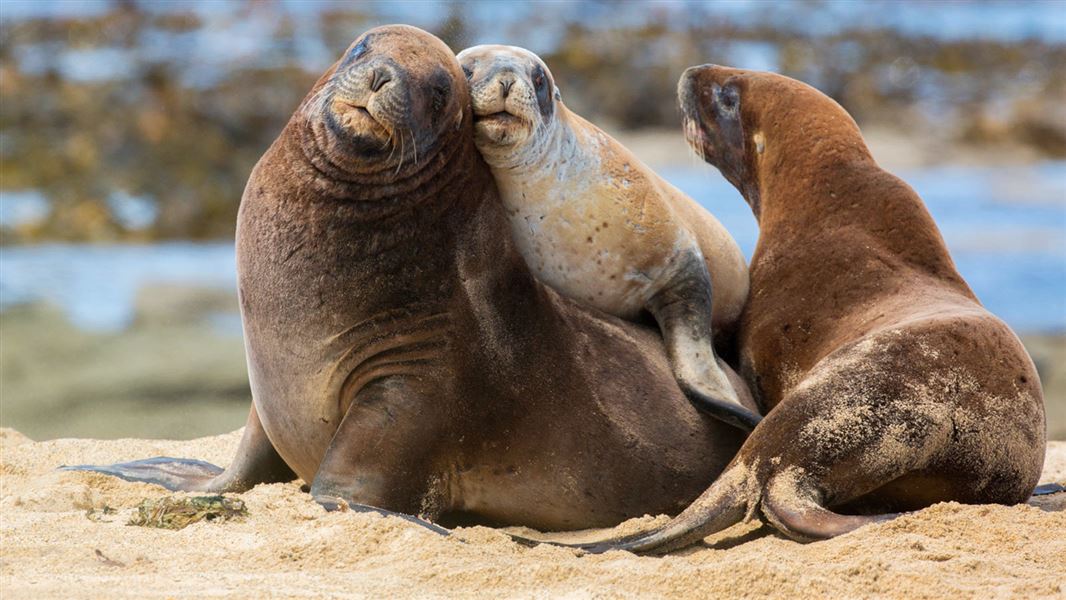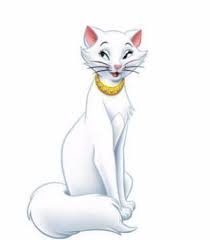
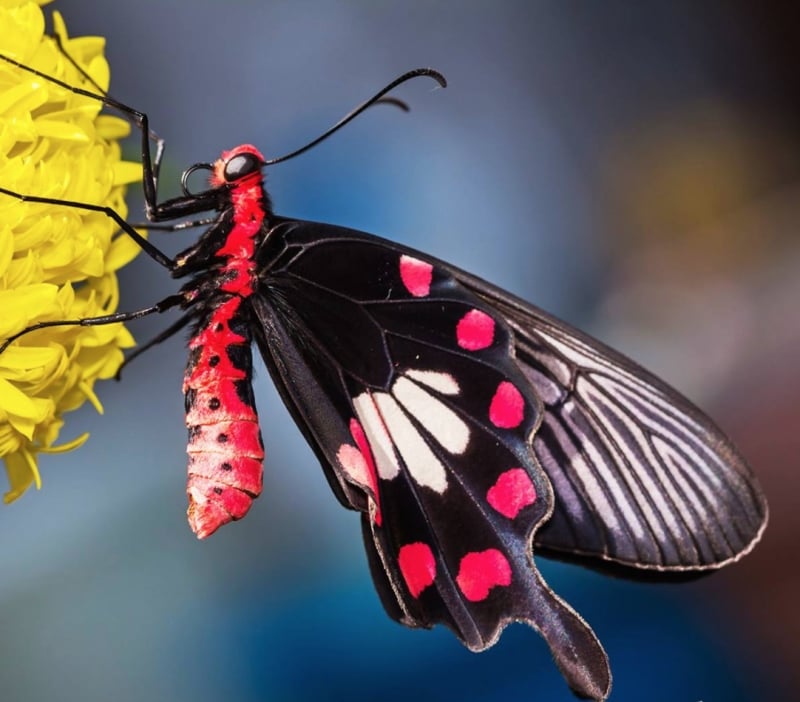

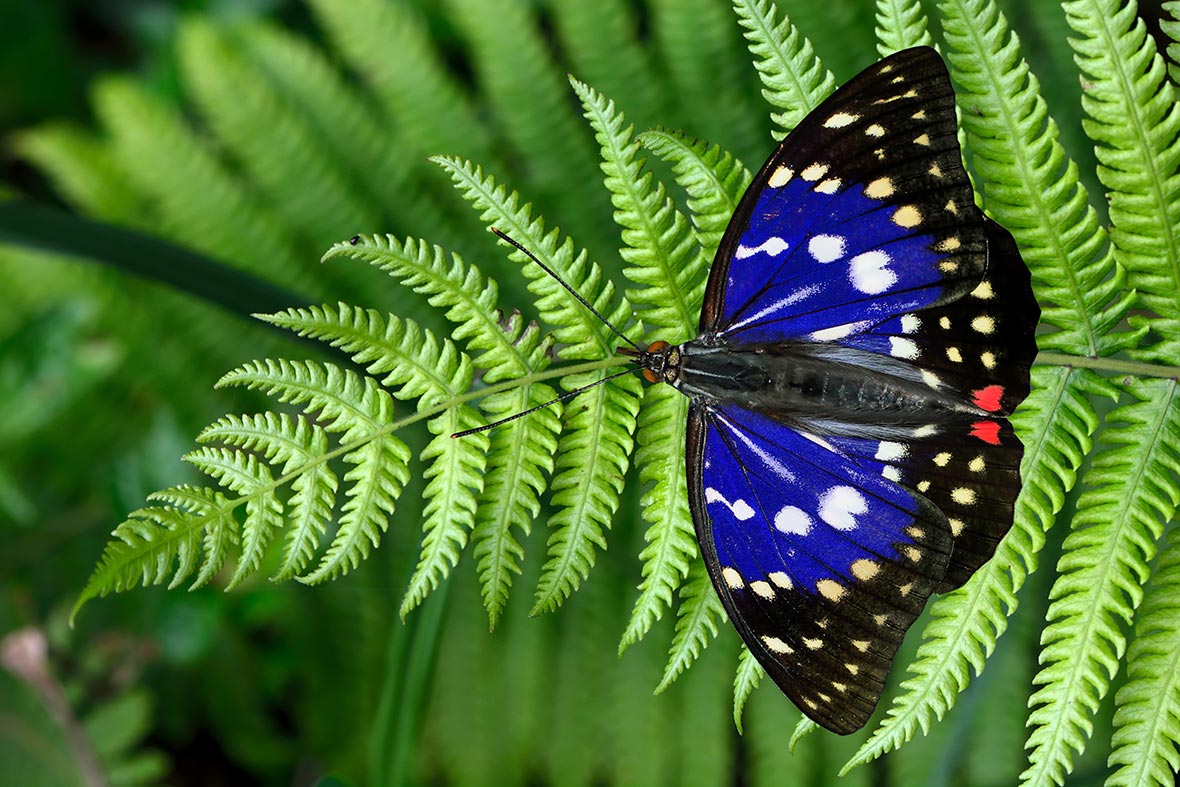



Singapore has a wonderful Zoo, have only been there twice but it is always family oriented with lots of kiddies enjoying their outing, especially the area of the Parrots that are flying free for the public.


Beautiful butterflies and birds.

Heartwarming moment 10 lions bred to be shot by hunters are rescued from squalid South African farm 
Footage has emerged showing the moment 10 lions were rescued after being held in captivity on a farm where they were bred for 'canned hunting' in South Africa.

Can't stand canned hunting ... barbaric IMO.

So glad they were saved. Shocking how some animals have to live for the sake of man's entertainment.

Beautiful pictures above from the sloth to the kiwis. Many thanks Celia.


Flightless ParrotRare kappa. Largest and rare parot, in New ZEALAND.

Love to go to NZ and see these wonderful birds.


Naultinus elegans
Herpetofaunal category Geckos
Species complex
AuthorityGray, 1842
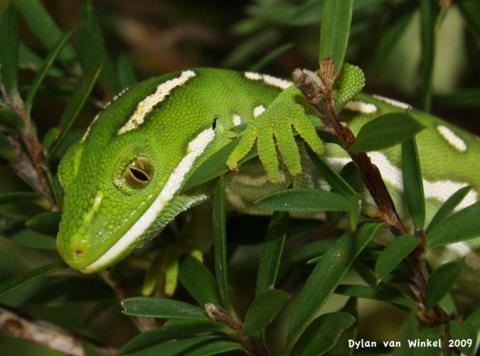
Image attribution
Previous scientific names Naultinus elegans elegans
Common namesElegant geckoAuckland green geckoDescription:Description
Bright green to dark green often marked by 2 rows of pink, yellow, or cream to white blotches/stripes (often finely edged with black) down each side of body. Some individuals have only one or two spots near the tail rather than a full set of spots on either side of the body, while others are only partially striped. In general females tend to have a pale green belly, with males having a pale blue belly (note that this is not a definitive way to sex individuals). Juveniles are pale green with the dorsal surfaces being darker; darker dorsal colour is lost between the first and second moult. Bright canary yellow form may have recessive gene that exhibits lack of pigment in chromophores.
Lining of the mouth rich blue with a black to bluish/black tongue. Eyes are light orange/brown. Soles of feet are light grey green. Canthal scales are slightly domed. Elegant geckos reach SVL (snout-vent-lengths) of 55-70 mm.
Life expectancy
Elegant gecko can live for up to 25 years in captivity (D. Keall, personal communication, September 22, 2016).
Distribution
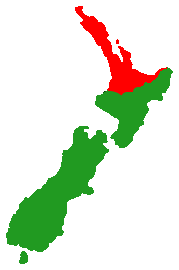 North of Taranaki in North Island. There are currently four island populations: Limestone Island, Great Barrier Island, Little Barrier Island, Waiheke Island.
North of Taranaki in North Island. There are currently four island populations: Limestone Island, Great Barrier Island, Little Barrier Island, Waiheke Island.
Ecology and habitat
Elegant gecko are diurnal (active during the day) and arboreal (tree dwelling), inhabiting scrubland and forested areas, in particular occupying the foliage of trees and shrubs, including manuka and kanuka trees.
All green geckos have prehensile tails which act as a climbing aid.
Social structure
In captive group situations males can display aggressive behaviour towards other males as a result of competition for mates. Elegant gecko will display aggressive behaviour if threatened; this consists of mouth gaping, biting, lunging, and vocalisation (a barking sound).
Breeding biology
Elegant gecko are viviparous, giving birth to one or two live young. Sexual maturity is reached between one and two years. Some keepers have noticed that Naultinus sp. in captivity appear to express ‘choice’ as to when to mate and reproduce according to conditions (D. Keall, personal communication, September 22, 2016).
Elegant gecko give birth in early spring (though births have been recorded much later in the year for animals in captivity). Elegant gecko have been reported to have an extremely long gestation of up to a year.
Diet
The diet of elegant gecko consists primarily of insects such as flies, beetles, and moths. Captive and wild green gecko will also eat nectar/honeydew.
Disease
The ectoparasite Geckobia naultina have been found on elegant gecko. Oocysts of Eimeria steidae have also been recorded, along with two other protozoans (Ashby 1971).
Conservation status
DOC classify the species as 'at risk' with a predicted decline of 10-70%.
Interesting notes
Genetic studies looking at the Naultinus genus resulted in a phylogenetic and taxonomic review in 2011, with the elegant gecko and barking green gecko being elevated from sub species to full species status.

So green, special ghecko.



